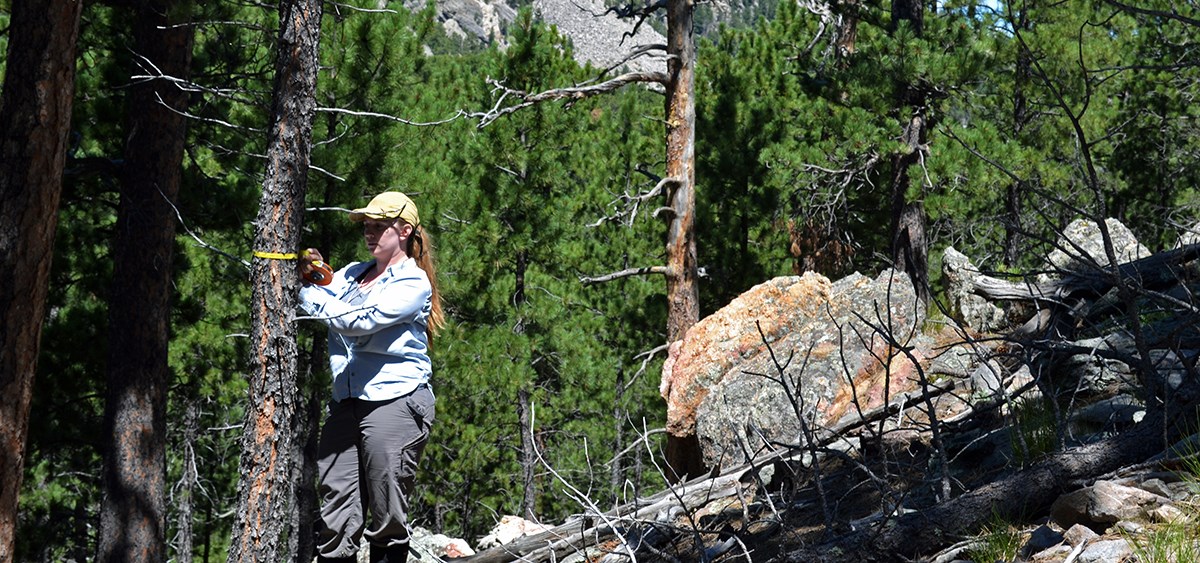
NPS
Importance
Plant community composition and structure are important habitat elements in all Northern Great Plains Network parks, and knowing the status and trends of plant communities helps determine the health of park ecosystems. In addition to providing information about the park vegetation, plant monitoring data help characterize park-wide ecosystem responses to other environmental drivers, including weather and climate, land cover changes, invasive/exotic plants, and habitat conditions for species of interest, such as prairie dogs, bison, and deer.
Ideally, monitoring plant communities will provide an early warning of undesirable changes and allow managers to evaluate the effectiveness of management programs. The over-all goal is to detect park-wide trends in the vegetation at the parks; however, Niobrara River and Missouri River will have limited sampling due to multiple ownership of lands within the park boundaries.
Monitoring Objectives
- Determine park-wide status and trends in vegetation species composition (e.g. exotic vs. native, forb vs. graminoid, vs. shrub) and structure (cover and height) of herbaceous and shrub species across most network parks (but in limited areas of Niobrara National Scenic River and Missouri National Recreational River).
- Determine status and trends of tree density by species, height and diameter classes, and fuel loads by fuel class in Black Hill parks (Devils Tower National Monument, Jewel Cave National Monument, Mount Rushmore National Memorial, and Wind Cave National Park).
- Determine status and trends of tree density by species, height and diameter classes in the riparian lowlands of perennial-river parks (Fort Laramie National Historic Site, Scotts Bluff National Monument, Devils Tower National Monument, Knife River Indian Village National Historic Site, and Theodore Roosevelt National Park).
- Improve our understanding of external drivers and management actions on plant community composition and structure by correlating changes in the vegetation with changes in climate, landscape patterns, atmospheric composition, fire, and invasive plant control.
Vital Signs
Riparian Lowland Plant Communities
Upland Plant Communities
Fire and Fuel Dynamics
Exotic Plant Early Detection
Forest Insects and Diseases
Last updated: September 27, 2022
